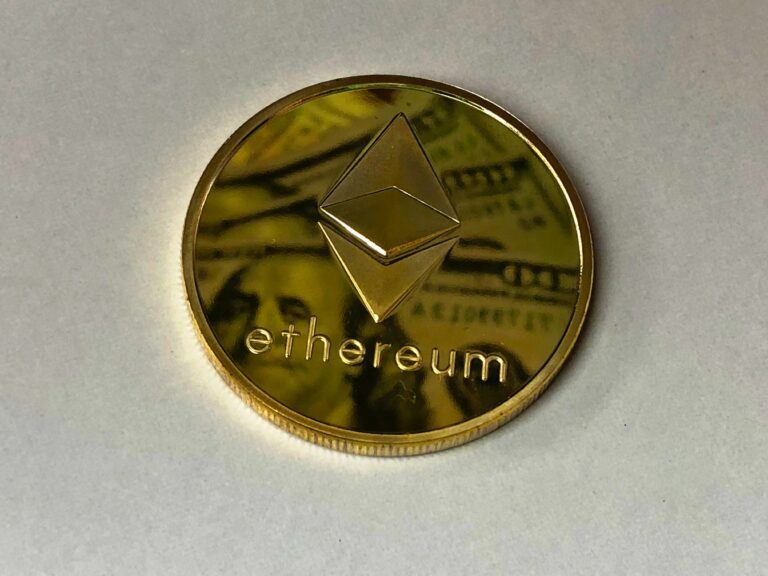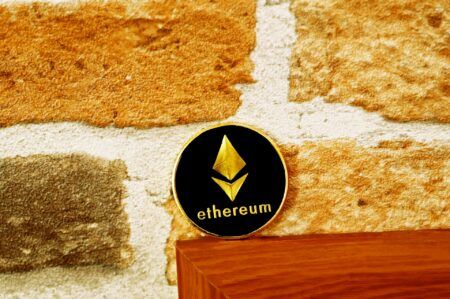Recently, the Switzerland-based Ethereum Foundation revealed its $30 million plans for the next year.
The Role and Philosophy of the Ethereum Foundation
The Ethereum Foundation has thee main roles:
- It allocates resources across the Ethereum ecosystem. Currently, the Foundation has around 0.6% of all the ether (ETH) in circulation plus some cash reserves. Furthermore, since these resources are not going to last forever, it is trying to grow the ecosystem’s “funding base,” which means that it needs to give assistance to “innovative mechanisms for funding, including Gitcoin grants and MolochDAO” and to get other organizations to support “high-priority projects.”
- It serves as “a voice in the ecosystem”. This voice can be used, for example, to “bring attention to important but relatively unknown projects.”
- It acts as an advocate for Ethereum. One of the most important things it does in this capacity is to “explain is that the Ethereum ecosystem is distributed and not owned or operated by any foundation or organization.” The Foundation’s website (ethereum.org), which was redesigned recently to make it easier to use and understand, is “a portal to community-built resources” rather than “a substitute for them.” The idea is that, via contributions from the Ethereum community, this website “will evolve over time to always surface the best relevant material about Ethereum.”
In the blog post it published on May 21, the Foundation says that it is “following a philosophy of subtraction,” which means “resisting the natural tendency of organizations to grow and accumulate value within themselves, and ensure instead that this value is created outside the Foundation in the broader Ethereum ecosystem.” It goes on to say that it “succeeds if Ethereum succeeds, and Ethereum succeeds with a strong decentralized community.”
Highlights of Progress of the Ethereum Ecosystem over the Past 12 Months
There’s a lot to be happy about if you take a moment to reflect on the achievements of the various team across the Ethereum ecosystem, such as:
- the work on ETH 2.0 clients by teams such as imbus, Prysm, Sigma Prime, and Substrate Shasper;
- the work on ETH 1.x enhancements, such as “Alexey Akhunov’s research into stateless clients and state fees,” as well as “essential projects like Geth and Solidity”;
- the work on ZK-rollup, which “uses succinct zero-knowledge proofs to enable Ethereum to reach hundreds of transactions per second” (even without sharding);
- the work of ETHGlobal, which “hosts Ethereum hackathons around the world”;
How the Ethereum Foundation Plans to Spend $30 Million Over the Next 12 Months
These funds will be allocated across the Ethereum ecosystem in three ways:
- $19 million for building the “Ethereum of tomorrow.” This includes R&D on projects such as ETH 2.0 as well as “more long-term investments like growing the academic community’s involvement in Ethereum technology.”
- $8 million for supporting the “Ethereum of today,” to make sure that Ethereum 1.0 continues to be the world’s dominant smart contract platform.
- $3 million for supporting the developer community and raising awareness of Ethereum.
Featured Image Credit: Photo via Pexels.com









